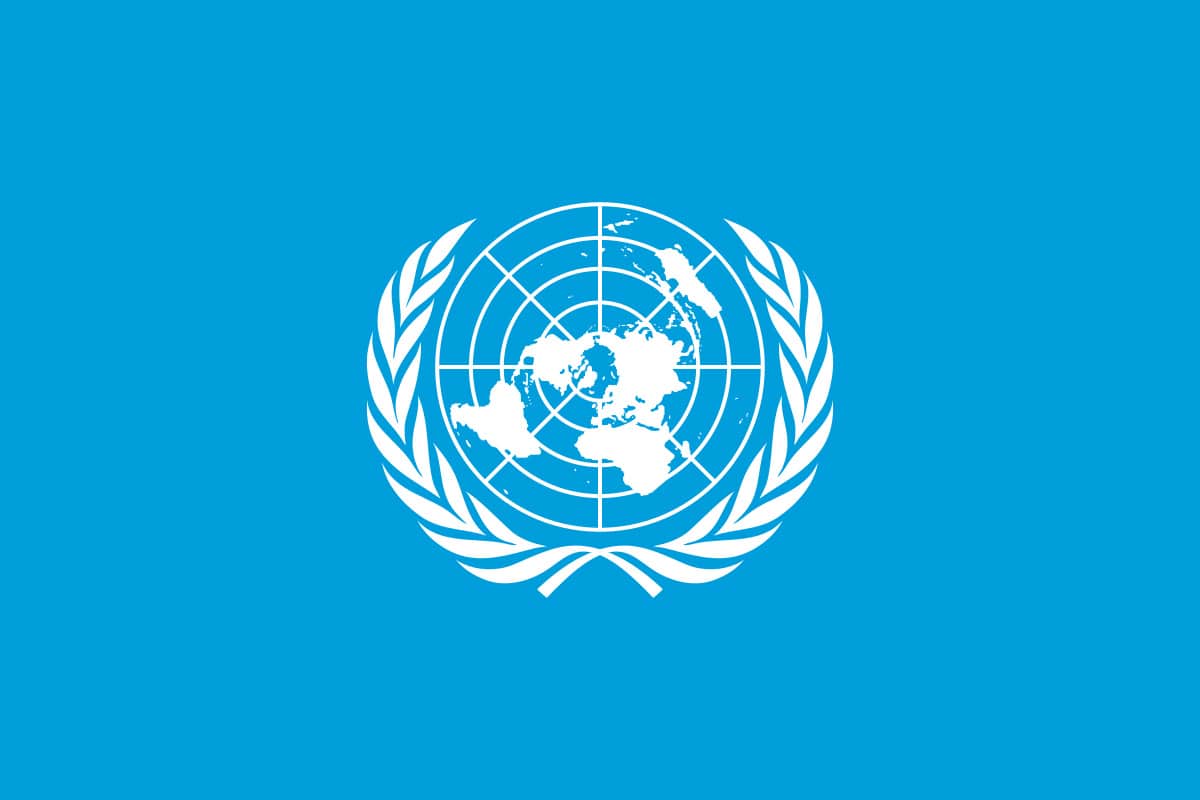
23 interesting facts about Formation of the United Nations
- 👁️ 452
The Formation of the United Nations (UN) stands as a monumental moment in world history, aiming to foster international cooperation and ensure that the horrors of the two World Wars would never be repeated. Established in the aftermath of World War II, the UN sought to bring countries together to promote peace, security, and social progress. Since its inception, the UN has grown into a global organization that tackles a wide range of issues from humanitarian aid to environmental protection. This article delves into the history and formation of the United Nations, providing 23 interesting and informative facts about its origins, early challenges, and the foundational principles that guide its operations.
- The United Nations was officially established on October 24, 1945.
- The name “United Nations” was first coined by U.S. President Franklin D. Roosevelt in 1942.
- The UN was formed to replace the League of Nations, which had failed to prevent World War II.
- The founding charter of the UN was signed by 50 countries at the San Francisco Conference on June 26, 1945.
- The first meeting of the UN General Assembly took place in London in January 1946.
- The UN Charter outlines four main purposes: maintaining international peace and security, developing friendly relations among nations, achieving international cooperation, and being a center for harmonizing the actions of nations.
- The International Court of Justice, located in The Hague, Netherlands, is the principal judicial organ of the UN.
- Eleanor Roosevelt, the wife of Franklin D. Roosevelt, played a key role in drafting the UN’s Universal Declaration of Human Rights in 1948.
- The first UN Secretary-General was Trygve Lie from Norway.
- The United Nations’ headquarters is located in New York City, USA, but it also has main offices in Geneva, Vienna, and Nairobi.
- The Security Council, one of the six main organs of the UN, is responsible for maintaining international peace and has the ability to deploy peacekeeping missions.
- Membership in the United Nations has grown from 51 original members to 193 countries today.
- The UN’s official languages are Arabic, Chinese, English, French, Russian, and Spanish.
- The design of the UN flag, featuring a world map surrounded by olive branches, symbolizes peace.
- The first large-scale operation conducted by the UN was the United Nations Relief and Rehabilitation Administration (UNRRA) established in 1943 to provide aid to areas liberated from Axis powers.
- The UN played a significant role in decolonization processes during the 20th century, supporting the independence of countries under colonial rule.
- The UN’s first peacekeeping mission was the United Nations Emergency Force (UNEF), established in 1956 during the Suez Crisis.
- October 24 is celebrated as United Nations Day, marking the anniversary of the UN Charter’s entry into force.
- The Millennium Development Goals, launched in 2000, were one of the UN’s significant efforts to address global issues, succeeded by the Sustainable Development Goals in 2015.
- The World Health Organization (WHO), the International Monetary Fund (IMF), and the World Bank are specialized agencies affiliated with the UN.
- The UN has won the Nobel Peace Prize as an organization in 2001 and has been associated with numerous Nobel Laureates.
- The construction of the UN headquarters in New York was completed in 1952, on land donated by the Rockefeller family.
- The first issue tackled by the UN General Assembly was the crisis in Palestine, leading to the partition plan of 1947.
The formation of the United Nations marked a new era in international diplomacy, offering hope for a world ravaged by war and conflict. Over the decades, the UN has faced numerous challenges and criticisms but has remained a central platform for global cooperation and peacekeeping. Its creation underscored humanity’s desire for peace and collective action, principles that continue to guide its efforts in addressing some of the world’s most pressing issues. Through its specialized agencies and numerous programs, the United Nations strives to fulfill its founding mission, proving that nations can work together for the common good.
The Formation of the United Nations (UN) stands as a monumental moment in world history, aiming to foster international cooperation and ensure that the horrors of the two World Wars would never be repeated. Established in the aftermath of World War II, the UN sought to bring countries together to…